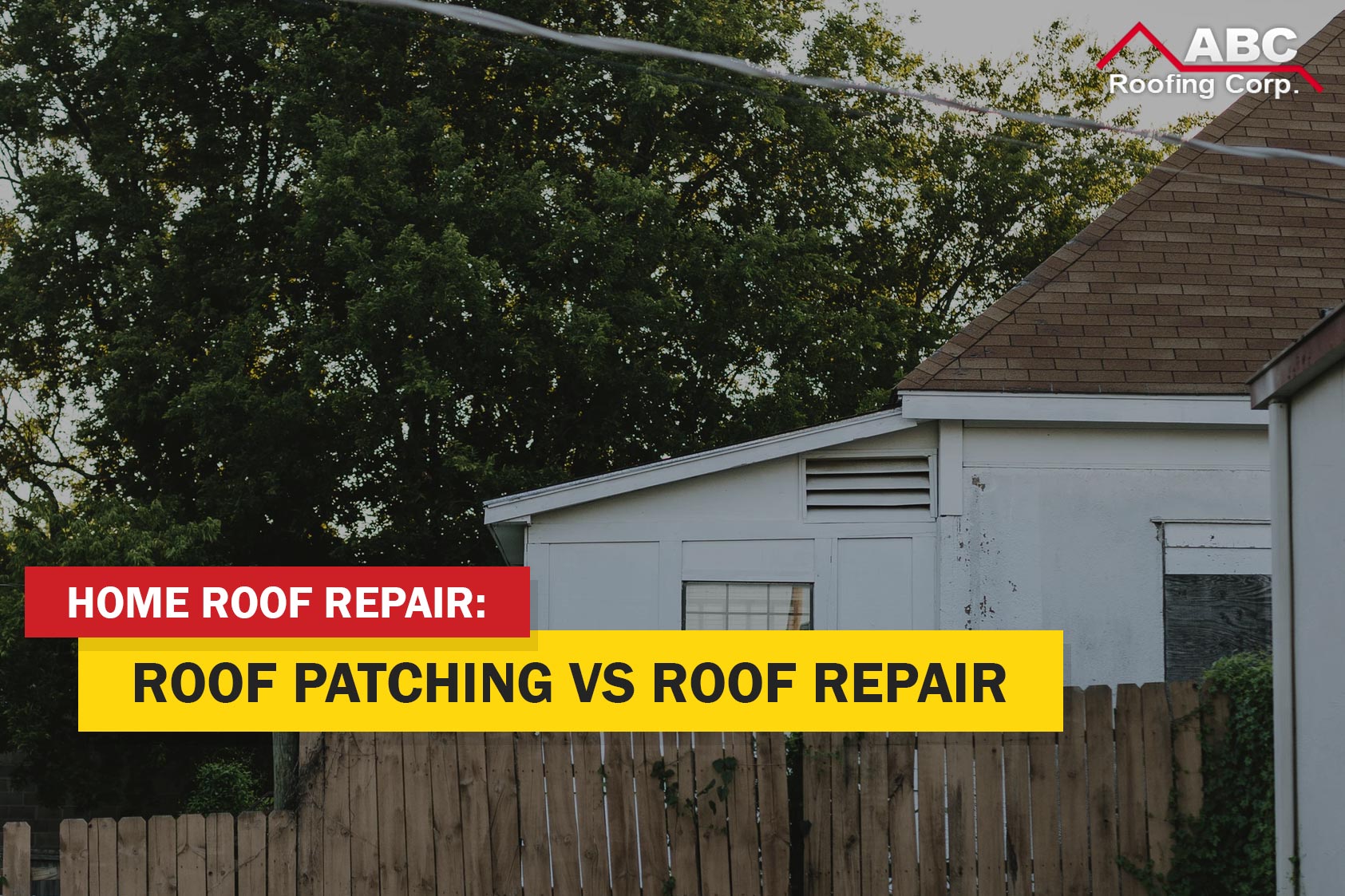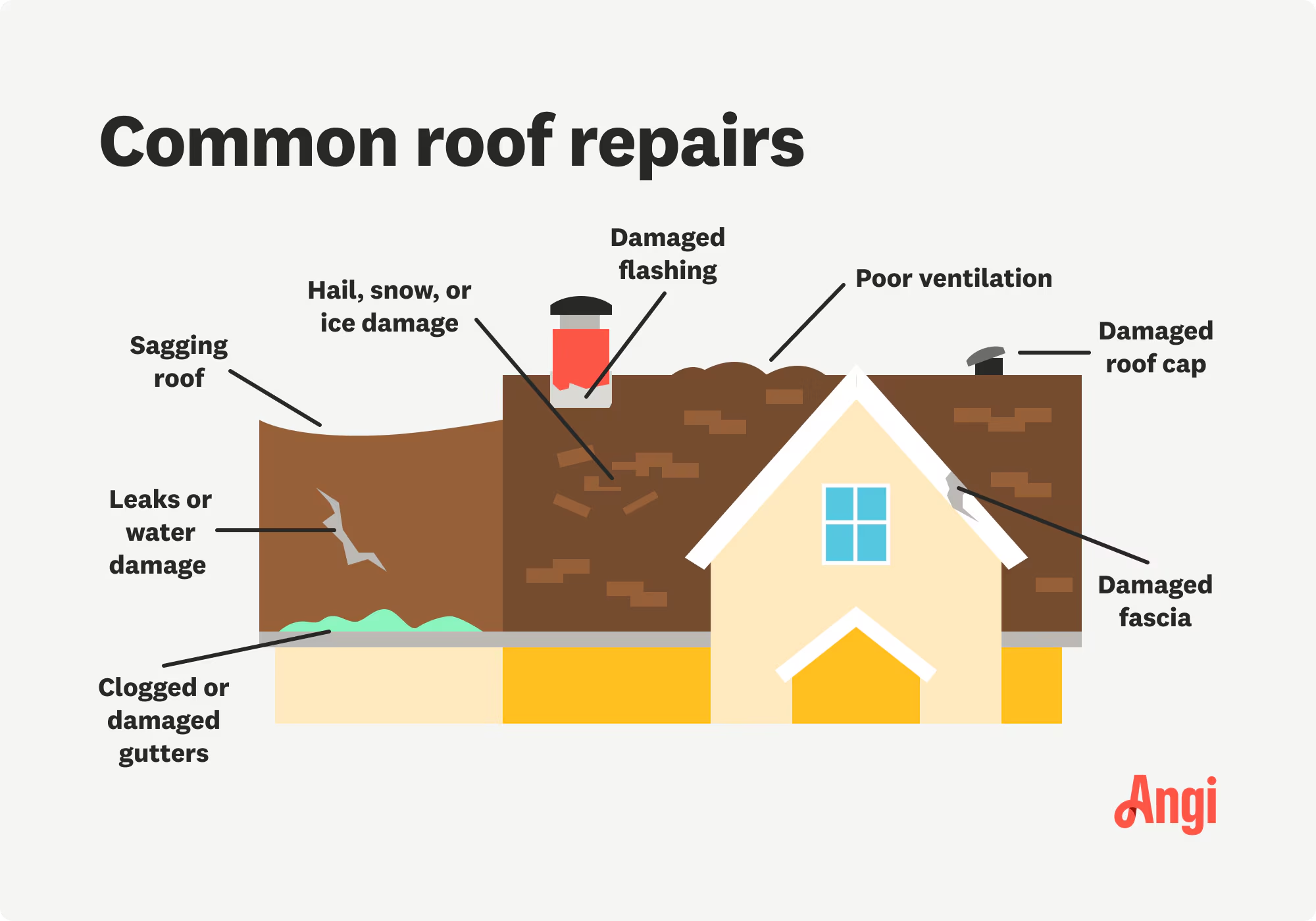Roofers Oahu: Professional Roof Installations and Fixes
Roofers Oahu: Professional Roof Installations and Fixes
Blog Article
Recognizing the Various Sorts Of Roofs: A Comprehensive Guide for Homeowners
With a variety of choices-- ranging from the typical gable to the modern flat-- each kind presents unique advantages and challenges that must align with the homeowner's certain needs and environmental factors to consider. As we check out the details of different roofing types, it comes to be evident that one dimension does not fit all; the right choice may surprise you.
Gable Roofings
Saddleback roofs, defined by their triangular form, are amongst the most popular roof styles because of their simpleness and efficiency in shedding water and snow. This layout includes two sloping sides that satisfy at a ridge, enabling effective water drainage and minimizing the risk of water accumulation. The steep pitch commonly linked with saddleback roofs boosts their capacity to handle heavy precipitation, making them suitable for numerous climates.
In addition to their practical advantages, saddleback roofs provide visual adaptability. They can be adapted to different building designs, from standard to modern homes. The style can likewise suit added attributes such as dormer windows, which enhance natural light and air flow in the attic room.
Moreover, saddleback roofs provide sufficient space for insulation, adding to power performance. Homeowners can select from a range of roof materials, including asphalt shingles, steel, and tiles, further enhancing modification choices.
Regardless of their advantages, saddleback roofs might call for added support in areas vulnerable to high winds or heavy snowfall. On the whole, the gable roof covering stays a popular selection due to its mix of capability, sturdiness, and visual allure.
Flat Roofs
Level roofs are frequently identified for their minimal layout and functional applications, especially in industrial and industrial setups (oahu roofing). These roofs feature a straight or nearly horizontal surface, which permits very easy building and construction and versatile space utilization. While they might do not have the aesthetic allure of pitched roof coverings, flat roofings offer countless advantages, particularly in urban atmospheres where maximizing room is vital
Among the primary benefits of flat roofs is their access. Homeowners can make use of the roof room for different purposes, such as rooftop yards, balconies, or photovoltaic panel installations. In addition, flat roofing systems are typically extra cost-effective to keep and set up compared to their sloped counterparts, as they require fewer products and labor.
Typical products utilized for flat roofings include built-up roof (BUR), customized asphalt, and single-ply membranes, each offering unique advantages. On the whole, flat roofing systems offer as a practical and adaptable choice for numerous property owners and organizations alike.
Hip Roofings
Hip roofs are characterized by their sloped sides that converge on top, forming a ridge. This layout stands out from saddleback roofs, as all 4 sides of a hip roof covering incline downwards towards the wall surfaces, supplying a much more stable framework. The angle of the slopes can vary, permitting for convenience in architectural aesthetic appeals and capability.
One of the key advantages of hip roofing systems is their go to my site capacity to withstand hefty winds and negative climate condition. The sloped surfaces enable better water drainage, lowering the risk of leakages and water damages. Furthermore, hip roofing systems provide enhanced attic space, which can be used for storage or even converted into comfortable locations.
Nevertheless, constructing a hip roofing can be extra pricey and complicated than simpler roofing system types, such as saddleback roofs. The additional product and labor included in producing the inclines and guaranteeing correct architectural integrity can cause greater costs. Despite these drawbacks, numerous home owners favor hip roofing systems for their toughness, visual charm, and capacity for power efficiency.
Mansard Roof Coverings
Mansard roofing systems, typically identified by their unique four-sided design, function 2 inclines on each side, with the reduced incline being steeper than the upper. This building design, originating from France in the 17th century, is not only aesthetically appealing yet useful, as it takes full advantage of the functional space in the top floors try here of a structure. The high reduced slope permits for more headroom, making it an ideal option for loft spaces or attic rooms, which can be exchanged living rooms.
Mansard roofs are defined by their convenience, suiting numerous architectural designs, from typical to contemporary. They can be constructed with various materials, including asphalt roof shingles, slate, or metal, offering homeowners with a range of choices to fit their preferences and budgets. In addition, the style enables the integration of dormer windows, improving natural light and ventilation in the top degrees.
Nonetheless, it is important to consider the prospective drawbacks. Mansard roofing systems might call for even more upkeep because of the complexity of their design, and their high inclines can be testing for snow and rain drainage. On the whole, mansard roof coverings integrate style with usefulness, making them a popular option among home owners seeking distinctive building functions.
Shed Roofings
As property owners increasingly look for simplicity and performance in their building styles, lost roof coverings have become a prominent choice. Characterized by a solitary sloping airplane, a shed roofing offers a minimalist aesthetic that complements various home designs, from modern to rustic.
Among the main advantages of a shed roofing is its uncomplicated construction, which frequently translates to lower labor and material expenses. This design permits reliable water drain, lowering the danger of leaks and water damage. Furthermore, the vertical incline supplies adequate room for skylights, improving natural light within the inside.
Lost roof coverings also provide adaptability in terms of use. They can be properly integrated into additions, garages, or exterior frameworks like sheds and structures. Additionally, this roof official statement style can accommodate various roof materials, consisting of steel, asphalt shingles, or also environment-friendly roof coverings, straightening with eco-friendly efforts.
Nonetheless, it is necessary to think about local climate conditions, as hefty snow lots might require modifications to the roofing's angle or framework. Generally, lost roofs provide a sensible and visually pleasing alternative for house owners looking to optimize capability without compromising style.
Verdict


Gable roofing systems, identified by their triangular form, are amongst the most prominent roofing styles due to their simpleness and efficiency in shedding water and snow. oahu roofing. The steep pitch commonly linked with gable roofs improves their ability to take care of hefty precipitation, making them suitable for numerous climates
While they might do not have the visual allure of pitched roof coverings, level roofing systems provide numerous benefits, specifically in city settings where optimizing space is essential.

Report this page